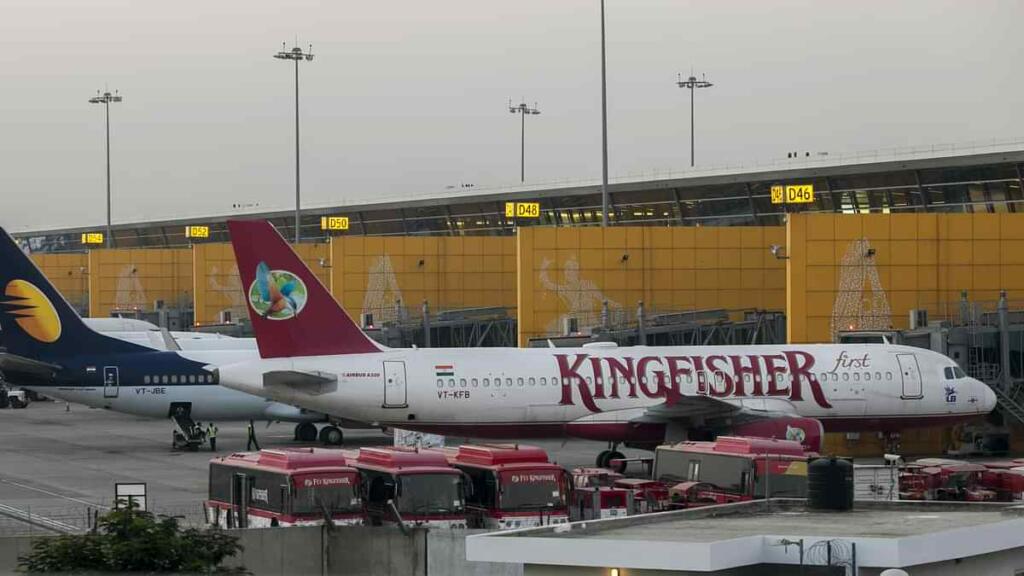The famous saying goes as – “If you want to be a millionaire, start with a Billion dollars and then start (buy) an airline!”
So the question is, why are airlines not profitable? We cannot give a very comprehensive or a very convincing answer to this question, because if such an answer was available, hundreds of airline companies would not have gone bankrupt in the last few decades. However, we can highlight some of the pertinent issues with the airline industry in general.
From post-World War II (when commercial aviation picked up the pace) to the 1980s, most of the airlines around the world were state-run. There were private players in countries like the United States, but largely the industry was run by state-owned companies. Also, most of these companies were either loss-making entities or made very little profits compared to their scale of operation – despite the fact that air tickets were high.
As the airline industry sector was opened up for private players, the public airlines started posting even higher losses and eventually got privatized. However, one positive outcome of the privatization drive was that the air ticket prices crashed given the higher efficiency of private players. But with the entry of more new players, these older private players started posting losses because every few years the operational efficiency increase (process innovation) and the new player is comparatively at advantage. Thus, with the entry of new and more efficient players, many older ones go bankrupt.
There are many other issues that hurt the airline industry, with the most important being very little innovation on the product side. The commercial aircraft is a duopoly (USA base Boeing and EU based Airbus) and the price of the product has become largely stagnant due to lack of competition – thus innovation.
Given the fact the price of the product is largely stagnant, the new companies that enter the market are forced to cut the prices through process innovation (deployment, picking up which markets to cater, and all other steps on operation are known as the process, and innovation in this is called the process innovation). So, once a company cuts the price through process innovation, others are forced to do the same while their expenditure remains the same (becasue process innovation can be carried out in the deployment stage majorly), thus making huge losses.
Moreover, the airlines operate on hands to mouth experience as for as profits are concerned. So, even very small fluctuations in say – interest rate, taxes, fuel prices hurt them a lot. Any kind of natural disaster or man-made disaster, crash, accident, or any other such unexpected event ensures that the company will go bankrupt.
The resilience of airline companies to bear any unexpected event or loss is really low unless they get rescued by the state. Many countries around the world including in the Middle East, Southeast Asia and Europe, still have state-owned airlines. These state-owned airlines function as the flag carriers and the governments not only subsidize them but also make conducive conditions to ensure that they remain solvent.
So, for the airlines to make a profit, the most important aspect would be the entry of new players in the commercial aircraft industry. If companies from countries like India and China entered in aircraft manufacturing, the price of the product would be down and operators will become profitable. Moreover, lower fuel taxes (especially in India), lower cost of capital, and better coordination between industries may help the airline industry to improve in the long run.
